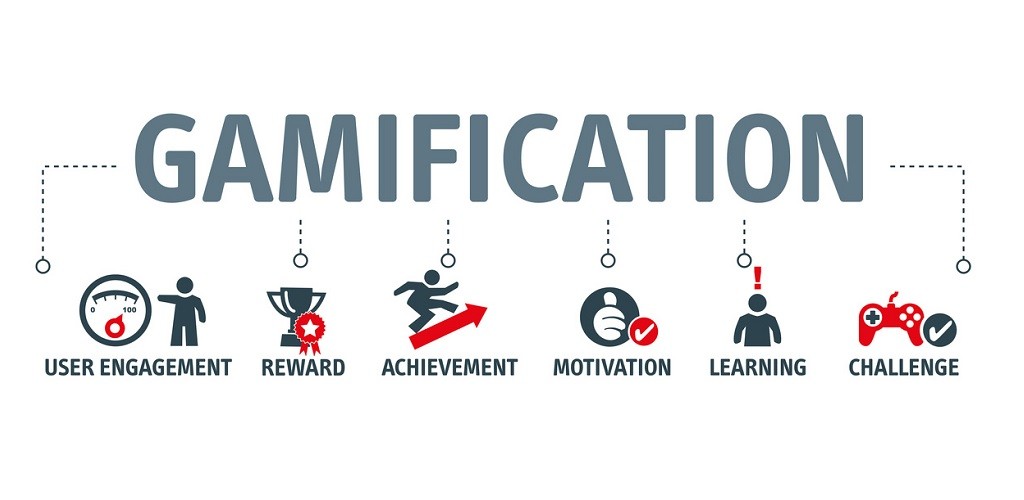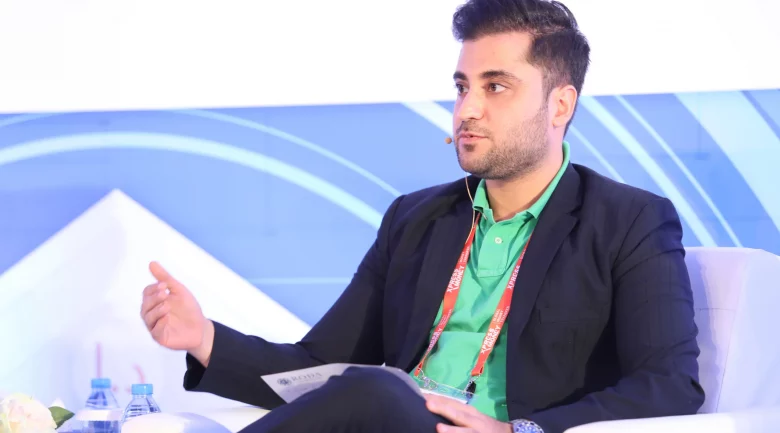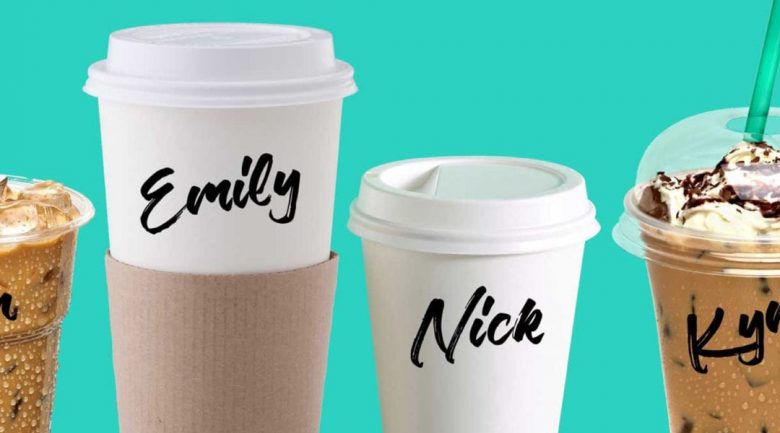
Gamification in Business – What’s that all about?
Companies have been using and investing in gamification approaches for a variety of business purposes, including but not limited to (1) engaging customers (2) increasing customer loyalty (3) motivating and training employees (4) providing knowledge about specific domains or (5) promoting development, wellness, and overall health. In fact, much like digital transformation, companies that use gamification have outpaced their competitors.

Gamification in the Banking Industry – Wisdom or Risk?
How would you feel if your bank applied gamification in your day to day experience with the bank? Would it make you feel like you are having a better customer experience? Or would it make you feel like the bank is attempting to play games with your savings? Banks are in a challenging situation, they need to balance the user /customer experience and decide which elements will be gamified whilst keeping privacy, security, risk, and compliance in top priority.
The winners will be banks that use game designed principles carefully and systematically. That is because gamification is a different world, one in which traditional banking metrics such as the size & assets of the banks aren’t factors that keep customers attention – it is all about joy and reward, the two most common emotions people feel whilst playing games.

Well all of the above is great in theory, but have there really been any successful examples of gamification used in banking? I believe so and below are a few examples:
- Attract depositors help them reach their saving goals: If you are based in the UAE, do you have an ENBD Fitness Account? ENBD launched an incentive for people to save whilst working out. Customers can open a special fitness account with their mobile app, sync it with their fitness tracker – like a FitBit, achieve a daily goal such as 12K steps per day and get a 2% interest rate as a reward. The outcome – $4.37 million in savings, increased customer loyalty, and global recognition.
- Better service experience: When customers win something, they will tell the success story to their peers as well as go back to the bank that enabled them to win. That’s a two in one – a loyal customer that advertises. BBVA launched a web app with videos on how to make simple banking transactions, mobile banking app tutorials, and explanations of how to pay taxes online. By completing tasks, customers can earn points and redeem them either to download music and stream movies or to participate in various sweepstakes and giveaways.
- Obtaining customer insight: A game requires actions, and actions leave digital traces. A professional approach to revealing and deciphering those traces lets banks study their customers better. When people are entertained, they tend to be more generous with sharing personal data. This enables banks to understand their number of active users, their level of interest in banking services, how much money they are saving, and what goals they are pursuing. CRED by Moven Bank keeps an eye on how users pay bills, shift money, and so on to help with routine financial decisions. Through social media and gamification features, Moven can get a distinct identity, which helps in credit scoring.
- Acquisition strategy: Games appeal to people’s desire for fun, entertainment, simplicity, social interactions, rewards, and competition. Now banks are practicing game mechanics and experience design to motivate people to use credit cards and open deposit accounts. The Barclays Ring is a social credit card designed to make card related activities more engaging. This way Barclays offers “simple long-term financial value with a foundation built on an online community so our card members can start participating and we can get better—together.”
- Financial education and literacy: Using financial literacy games, banking giants can reach younger consumers, forming desired behavior for the future. Consumers who are well-versed in banking matters have a realistic approach to their finances, which translates into smart financial moves. This means more saving, rational retirement goals, and higher creditworthiness. PayPerks – through a combination of gamification, rewards, and visual education – offers a SaaS platform to improve the financial knowledge and well-being of low- and moderate-income users.
In the end…
Gamification isn’t just about collecting badges or coins, it can serve as a convey to an expanded client base, analytical data, and a better brand image. Banks which incorporate gamification also inevitably need to take a good hard look at their processes, operations, and overall structure – but that is the price of to pay for digitization and reap the rewards that come with it.



